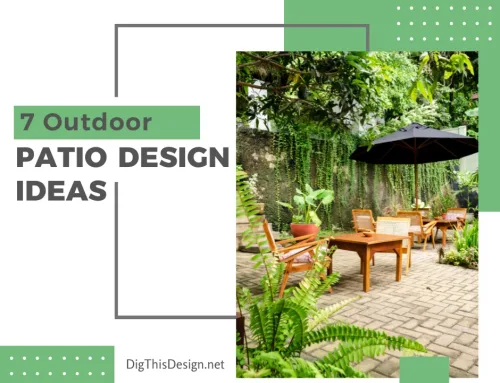Rain gutters are perhaps the most overlooked part of residential properties. While many think that their sole function is saving by-passers from the downspout of water coming from the slope of a roof, the reality is that gutters play an important role in maintaining the health of your home’s roof.
Gutters also prevent your home’s basement from flooding. In fact, they protect the walls from rain damage. Interestingly, in some cases, they also protect the landscaping surrounding the building.
Gutter installation may be the last step in the home building process, but it is definitely not the least important one.
Whether you are searching for professionals to install gutters on your new home, or are simply conducting research before you replace your worn-down gutters, this article is for you.
In the following sections, we will discuss the different types of gutters, their advantages, and their disadvantages. Without further delay, let’s jump right into it!
3 Gutters for Residential Properties

⎆ K Style Gutters
K style gutters are most commonly in use in modern homes. With a flat surface on one side, these can be directly nailed to the roof surface and don’t require additional support. With various designs available for the front side of K style gutters, these are extremely popular among homeowners that take the aesthetic value of their homes seriously.
The main advantage associated with K style gutters is their ability to hold more water than half round gutters (discussed in the next section). This property makes them a popular choice among homeowners living in areas with rainy climate conditions.
However, the same design that allows K style gutters to carry more water makes them difficult to clean. This means that K style gutters are more susceptible to clogging and might get damaged because of the same.
⎆ Half Round Gutters
Half round gutters, as the name suggests, are open from the top and shaped like a trough. Because of their shape, half round gutters require additional support and homeowners need to install brackets to keep them in their place.
Moreover, the shape of half round gutters makes them easily susceptible to clogging with leaves and dirt. That’s why most homeowners cover them with leaf guards.
Half round gutters are not decorative and have been the traditional choice of gutters in older homes. In many areas, where the density of older buildings is more, installing half round gutters is a building code mandate. With that said, since half round gutters have been around for decades now, these are the most pocket-friendly variety of gutters on this list.
Hence, it is advisable to check this information with your local authorities before you decide to install any other type of gutters to your home.
⎆ Custom Gutters
Custom-built gutters are created purposefully to serve the gutter needs of your home. Since they are not sold as one size fits all products, these gutters are usually far more efficient at their function than the other options on this list.
Besides efficiency, custom gutters also offer superb aesthetic value, since these can be made in designs chosen by the homeowners.
With that said, custom gutters are by far the most expensive variety of gutters you can get. Since these are produced on-demand, you can expect to pay twice or even three times the amount you would pay for K style gutters or half round gutters.
Keep in mind that custom gutters need to be installed by professionals and the installation job will probably be an additional cost.
Conclusion
There you have it, the three varieties of gutters from which you may choose. Which one will you be going for? Share with us in the comment section below. You will also find other interesting links below for all things design!
Images Courtesy of Canva.
Other Posts You Might Enjoy:
6 Creative DIY Light Fixtures to Transform a Room
DIY Crafts You Should Incorporate In Your Interior Design





